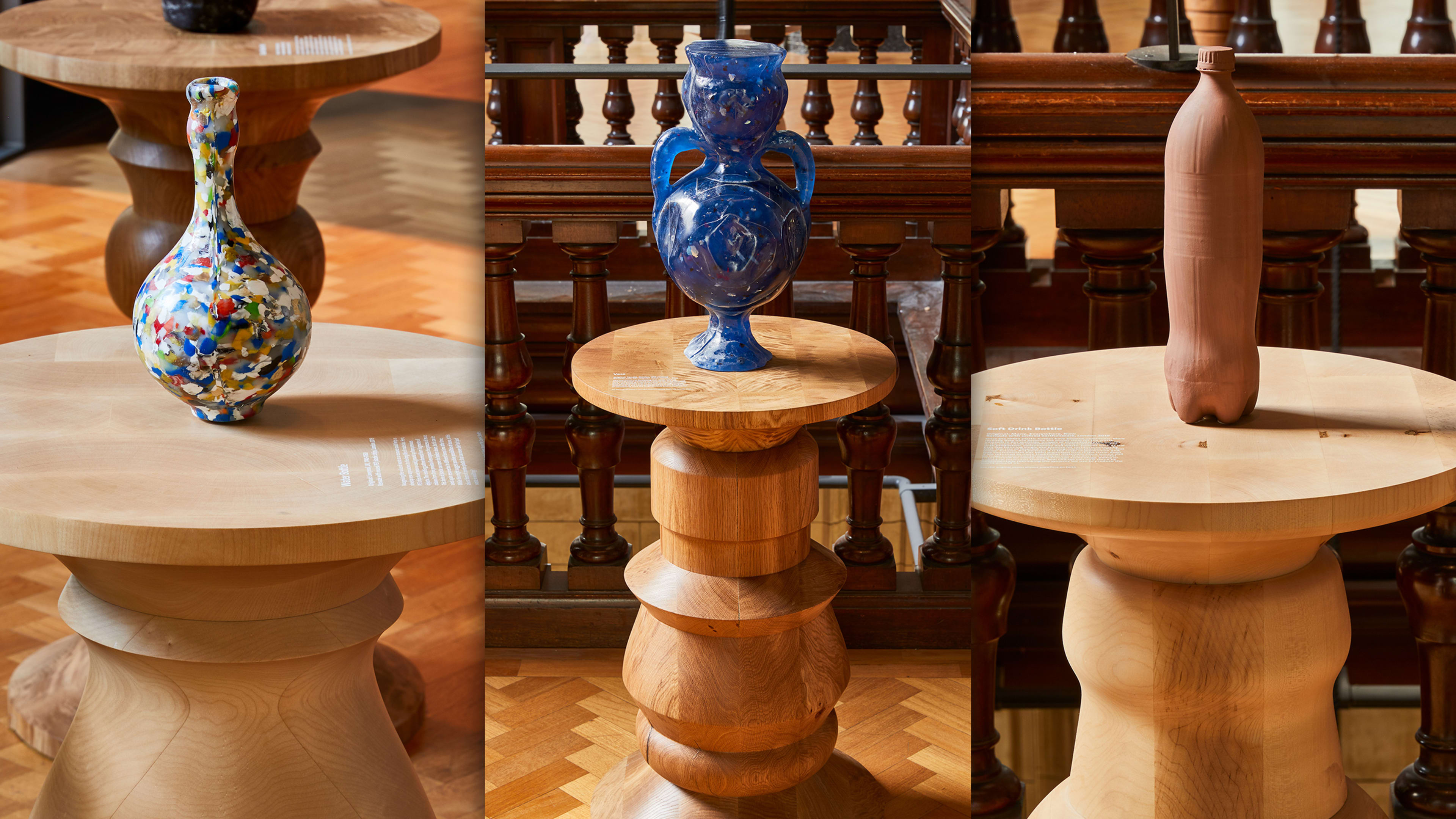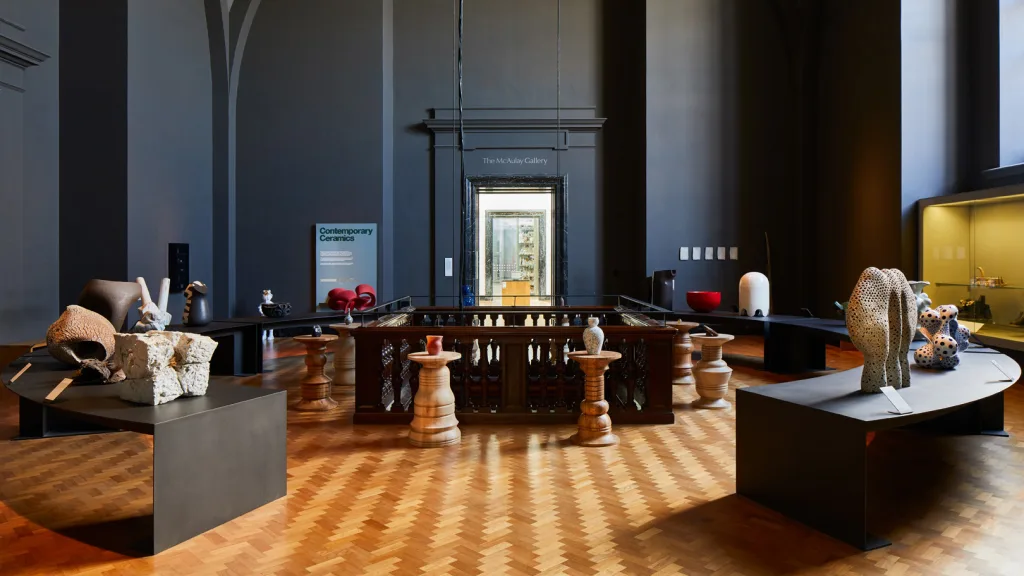By 2050, it’s predicted that the volume of plastics in the world’s oceans will eclipse the amount of marine life swimming within them. As part of this year’s London Design Festival, architect Sam Jacob designed a treasure trove of water vessels as a comment on the dangers of single-use plastics—especially where our oceans are concerned. These objects, which are modern reproductions of antique ceramics, were inspired by vessels in London’s V&A Museum’s diverse collection—this collapsing of history and geography illustrates just how much the environment, everywhere, has changed over time.

“Growing awareness of the scale and types of environmental crises means that the ways in which we have organized and produced the world—as designers, manufacturers, and consumers—have to be radically changed,” Jacob said of the Sea Things installation, created in partnership with SAP, in a release. “The objects presented here are each a question about our relationship to materials and objects as well as ideas about waste and value.”
The seven water vessels on display in the museum’s ceramics galleries are Jacob’s artistic interpretations of preexisting objects, sculpted from new, sustainable materials. “Each object is remade with a different material. From recycled plastics [to] experimental post-plastics as well as historic and traditional materials, each poses a question about our future relationship to the environment,” says Jacob. The artist fashioned a duck water pot, created during China’s Ming Dynasty, out of recycled plastic, and made a ceramic version of a modern-day plastic bottle. Jacob also reimagined a 4,000-year-old Scottish beaker as an identical model made of sea shell-based bioplastic, and recreated an 18th-century plate out of bioresin. Though these sculptures take different forms and are made of different materials—and represent different cultures across a long timeline of distinct eras—they have a shared history of being utilitarian objects designed to hold water, life’s most essential element.
“We have learned that the objects we design, make, and use, and the materials and techniques they rely on have complex and wide-ranging relationships with our environment,” Jacob says. “Taken together, these objects suggest that there are many possible ways of imagining a post single-use, oil-derived plastic future. There is not a simple or single solution, rather we have to understand that our systems of production are intimately involved with the planet’s ecosystems.”
Sea Things runs through October 17.
Recognize your brand’s excellence by applying to this year’s Brands That Matter Awards before the early-rate deadline, May 3.








